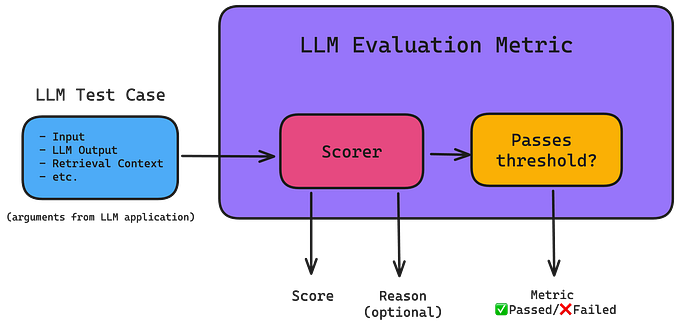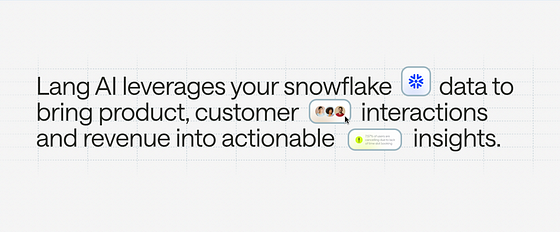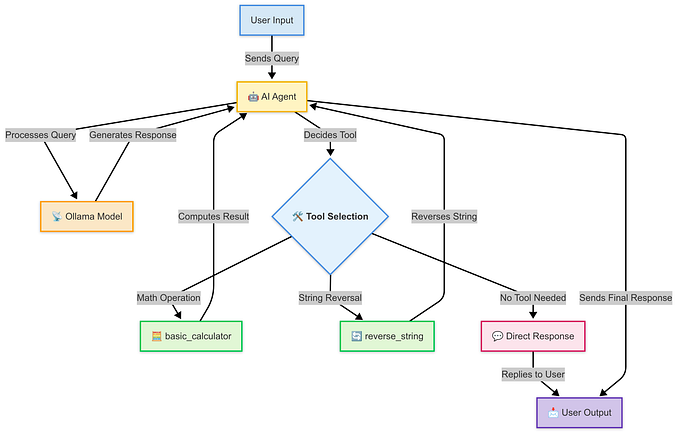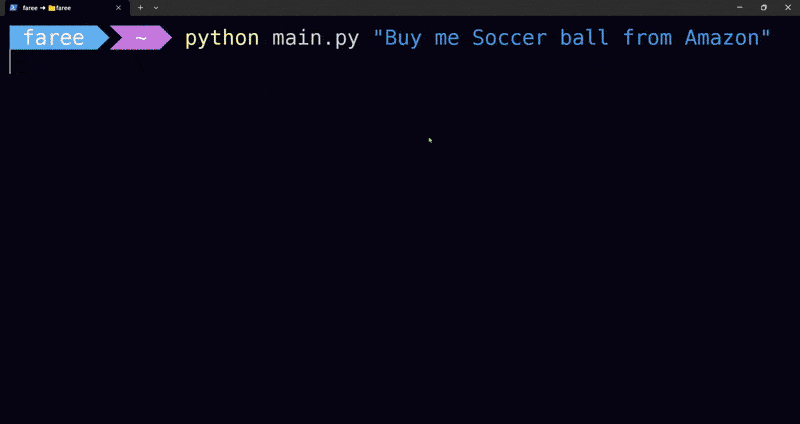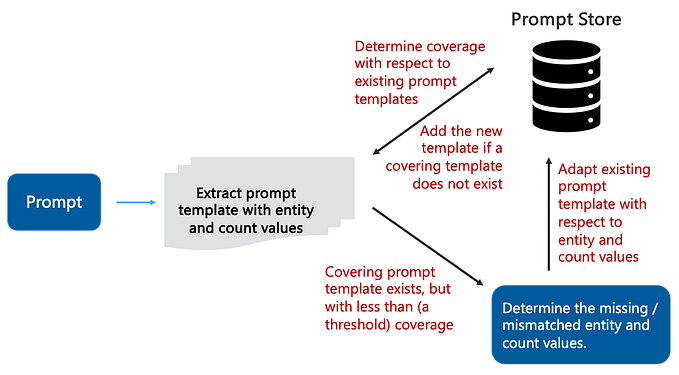AI Agent for resume shortlisting
Today we are going learn how to build a resume shortlisting AI agent using ChatGPT and LangChain, that involves several steps as follows.
1. Define the Scope and Requirements
- Objective: Automate resume shortlisting based on job descriptions.
- Input: Resumes (in plain text or parsed format) and job descriptions.
- Output: A ranked list of resumes with relevance scores or recommendations (e.g., shortlisting or rejecting).
- Key Features: Text parsing, keyword matching, semantic understanding, and explainability.
2. Set Up Your Development Environment
Install necessary libraries
pip install langchain openai pdfplumber nltk- LangChain: Framework for building AI workflows.
- OpenAI API: Access to ChatGPT for natural language processing.
- PDF Parsing (optional): Tools like
pdfplumberfor extracting text from resumes. - NLTK or Spacy: For preprocessing and keyword extraction.
3. Parse and Preprocess Resumes
Parsing Resumes:
- Use
pdfplumberor similar libraries to extract text from resume files. - For structured formats (like JSON or XML), extract relevant sections like skills, experience, and education.
Preprocessing:
- Tokenize text.
- Remove stopwords.
- Extract entities like job titles, years of experience, and skills using libraries like Spacy.
import pdfplumber
def parse_resume(file_path):
with pdfplumber.open(file_path) as pdf:
text = ""
for page in pdf.pages:
text += page.extract_text()
return text.strip()
LangChain can help you create a pipeline for shortlisting:
Load Resumes:
- Store parsed resumes in a document store (e.g., in-memory or vector databases like Pinecone or FAISS).
Embed Resumes and Job Descriptions:
- Use OpenAI or Hugging Face embeddings to represent resumes and job descriptions as vectors.
from langchain.embeddings import OpenAIEmbeddings
from langchain.vectorstores import FAISS
def create_embeddings(resumes, job_description):
embeddings = OpenAIEmbeddings()
# Embed resumes
vectors = FAISS.from_texts(resumes, embeddings)
# Embed job description
job_vector = embeddings.embed_query(job_description)
return vectors, job_vectorCompare Relevance:
- Compute similarity scores between job description embeddings and resume embeddings.
from langchain.vectorstores import FAISS
vector_store = FAISS.from_texts([resume_text], embeddings)
similar_docs = vector_store.similarity_search(job_description, k=5)def find_similar_resumes(vectors, job_vector, k=5):
similar_docs = vectors.similarity_search_with_score(job_vector, k=k)
return similar_docsfrom langchain.prompts import PromptTemplate
from langchain.chains import LLMChain
from langchain.chat_models import ChatOpenAI
def evaluate_resumes_with_gpt(similar_resumes, job_description):
gpt_model = ChatOpenAI(temperature=0) # Use ChatGPT
prompt = PromptTemplate(
input_variables=["resume", "job_description"],
template="Evaluate the following resume against the job description. Provide a relevance score (0-10) and a short explanation.\n\nJob Description:\n{job_description}\n\nResume:\n{resume}"
)
chain = LLMChain(llm=gpt_model, prompt=prompt)
recommendations = []
for resume_text, score in similar_resumes:
response = chain.run({"resume": resume_text, "job_description": job_description})
recommendations.append({"resume": resume_text, "gpt_response": response, "similarity_score": score})
return recommendations5. Generate Recommendations Using ChatGPT
Use ChatGPT for semantic analysis and ranking:
- Prompt Engineering: Feed the job description and each resume to ChatGPT for evaluation.
from langchain.prompts import PromptTemplate
prompt = PromptTemplate(
input_variables=["resume", "job_description"],
template="Evaluate the resume against the following job description. Provide a relevance score (0-10) and a brief explanation.\n\nJob Description:\n{job_description}\n\nResume:\n{resume}"
)- Execution:
from langchain.chains import LLMChain
chain = LLMChain(llm=openai_gpt, prompt=prompt)
response = chain.run({"resume": resume_text, "job_description": jd_text})6. Flask API for Deployment
from flask import Flask, request, jsonify
app = Flask(__name__)
@app.route('/shortlist', methods=['POST'])
def shortlist_resumes():
# Get job description
job_description = request.form['job_description']
# Upload and parse resumes
resumes = []
for resume in request.files.getlist('resumes'):
parsed_text = parse_resume(resume)
resumes.append(parsed_text)
# Generate embeddings and find similar resumes
vectors, job_vector = create_embeddings(resumes, job_description)
similar_resumes = find_similar_resumes(vectors, job_vector)
# Evaluate with GPT
recommendations = evaluate_resumes_with_gpt(similar_resumes, job_description)
return jsonify(recommendations)
if __name__ == '__main__':
app.run(debug=True)7. UI Design
Here’s a simple UI design using HTML, CSS, and JavaScript to accept a job description and a set of resumes for uploading. The UI integrates with the Flask API described earlier.
- Job Description Input: A
textareafor entering the job description. - Resume Upload: An
input[type="file"]element allows multiple PDF resumes to be uploaded. - Submit Button: Sends the job description and resumes to the backend API (
/shortlist). - JavaScript: Handles form submission via
fetchto send data to the Flask backend and displays results dynamically.
<!DOCTYPE html>
<html lang="en">
<head>
<meta charset="UTF-8">
<meta name="viewport" content="width=device-width, initial-scale=1.0">
<title>Resume Shortlisting</title>
<style>
body {
font-family: Arial, sans-serif;
margin: 0;
padding: 0;
background-color: #f4f4f9;
}
.container {
max-width: 800px;
margin: 50px auto;
padding: 20px;
background: #fff;
border-radius: 8px;
box-shadow: 0 4px 8px rgba(0, 0, 0, 0.1);
}
h1 {
text-align: center;
color: #333;
}
label {
font-weight: bold;
margin-top: 10px;
display: block;
color: #555;
}
textarea, input[type="file"], button {
width: 100%;
margin-top: 10px;
padding: 10px;
border: 1px solid #ccc;
border-radius: 4px;
font-size: 16px;
}
button {
background-color: #007BFF;
color: white;
border: none;
cursor: pointer;
}
button:hover {
background-color: #0056b3;
}
.output {
margin-top: 20px;
padding: 10px;
background: #e9f5ff;
border-left: 4px solid #007BFF;
}
.error {
background: #fbe9e7;
border-left: 4px solid #d9534f;
}
</style>
</head>
<body>
<div class="container">
<h1>Resume Shortlisting</h1>
<form id="resumeForm">
<label for="jobDescription">Job Description</label>
<textarea id="jobDescription" rows="6" placeholder="Paste the job description here..." required></textarea>
<label for="resumes">Upload Resumes (PDF format)</label>
<input type="file" id="resumes" multiple accept=".pdf" required>
<button type="submit">Submit</button>
</form>
<div id="output" class="output" style="display:none;"></div>
</div>
<script>
document.getElementById('resumeForm').addEventListener('submit', async function (event) {
event.preventDefault();
const jobDescription = document.getElementById('jobDescription').value;
const resumes = document.getElementById('resumes').files;
if (!jobDescription || resumes.length === 0) {
alert("Please fill out the job description and upload resumes.");
return;
}
const formData = new FormData();
formData.append('job_description', jobDescription);
for (let i = 0; i < resumes.length; i++) {
formData.append('resumes', resumes[i]);
}
try {
const response = await fetch('http://127.0.0.1:5000/shortlist', {
method: 'POST',
body: formData,
});
const data = await response.json();
const outputDiv = document.getElementById('output');
outputDiv.style.display = "block";
outputDiv.innerHTML = `<h3>Shortlisting Results</h3><pre>${JSON.stringify(data, null, 2)}</pre>`;
} catch (error) {
const outputDiv = document.getElementById('output');
outputDiv.style.display = "block";
outputDiv.className = "output error";
outputDiv.innerHTML = `<h3>Error</h3><p>There was an error processing your request. Please try again later.</p>`;
}
});
</script>
</body>
</html>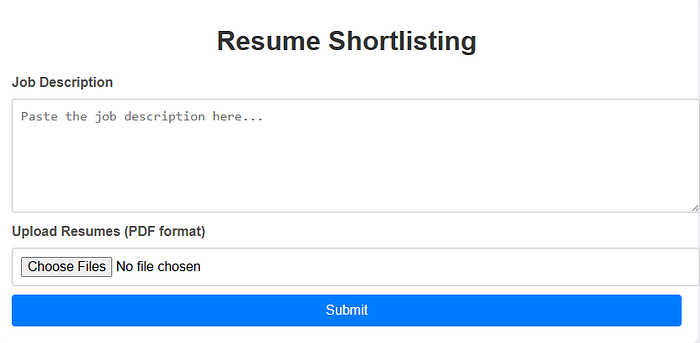
8. How to Integrate with Flask Backend
Run the Flask Backend: Save the app.py file and run:
python app.py- This starts the Flask server at
http://127.0.0.1:5000/. - Open the Frontend: Save the HTML file (
frontend.html) and open it in a browser.
Workflow:
- Enter the job description in the provided field.
- Upload one or more resumes (PDF format).
- Click Submit to send data to the Flask backend.
Results:
- The backend processes the job description and resumes.
- The frontend displays a JSON response with the shortlisting results.
9. Further Enhancements
- Add validation for file types and job description length.
- Display a progress indicator while uploading files.
- Improve the output display with a table or visual ranking.

